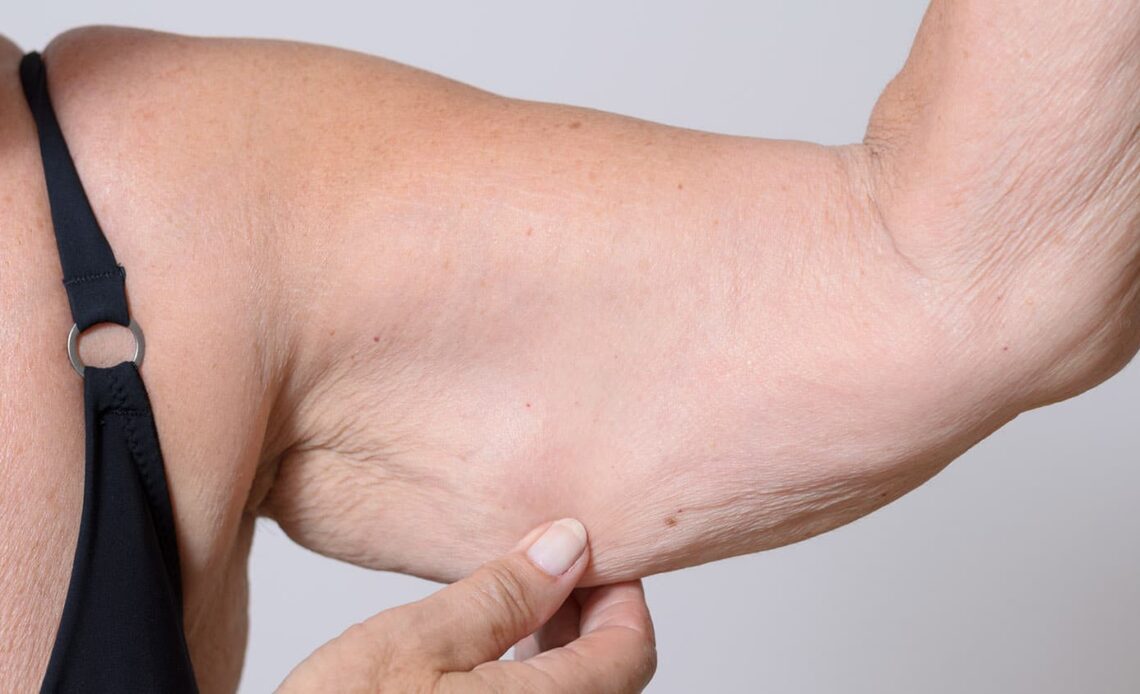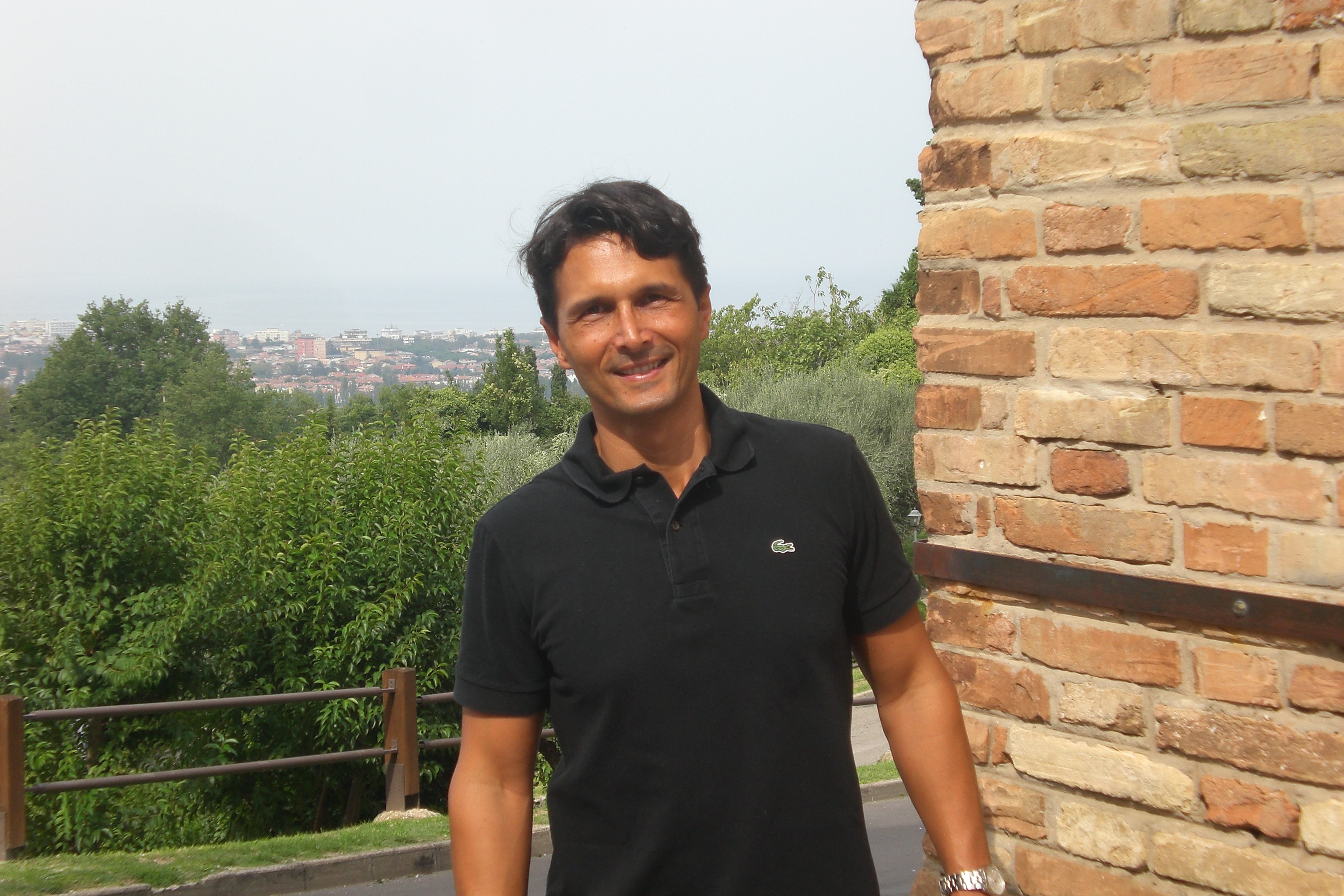
The elderly or anyone who finds himself experiencing a condition of immobility or reduced physical activity presents a problem of no small importance, which must be considered by all those involved in public health. It’s sarcopenia. People over 30 tend to gradually lose muscle mass, always and only if they do not take action to reduce this natural degradation. It is part of life, there is a reduction in androgenic and anabolic hormone production. GH is reduced. Thyroid hormones are reduced. Instead cortisol tends to increase. All of this results in a gradual loss of muscle mass of 1-2% every year, but only if you don’t do the right things to avoid it or at least reduce it.
The things to do are always the same physical movement and above all toning activities with weights combined with a healthy diet with the right amount of protein. The only movement and gymnastics that strongly counteracts the loss of muscle mass known as sarcopenia is weight training or swimming. Lifting weights stimulates the muscles to hypertrophy and grow and this contrasts with the natural loss of muscle mass. The aging of the body also passes through the loss of lean mass and therefore weight lifting 2-3 times a week is a valid way to oppose this system, if it is combined to a balanced diet.
Very often, in fact, few protein are eaten compared to their turnover and sarcopenia succumbs because in addition to the lack of activity, the body uses the muscles to make up for the protein deficiencies of the diet.
I often see elderly people say that they walk and run and that this is enough for them. Unfortunately that’s not true. Walking or running is the minimum. Running causes you to lose further mass if not combined with weights and the gym. Improves heart and circulation, but does nothing against sarcopenia. Who runs must be lean and dry but not with muscles. Walking is good, but it’s not enough. To grow old in health you need weightlifting especially after a certain age (30 years).
But let’s not forget that muscles are not only used to give us a more toned and less slack appearance, without the need of a surgeon, but they also have important physiological effects:
1) consume many calories and raise the metabolism (you understand that if you want to lose weight you must have muscles). In fact, generally as you age you lose muscle and increase in fat, two effects that weight lifting avoids
2) Muscles consume a lot of carbohydrates and lipids and reduce the accumulation of fats in the walls of the arteries
3) having more muscles and being stronger helps us release tension from joints and tendons and we have less joint pain and arthrosis
4) having more muscles protects against herniated discs and lumbar pain, having strong and developed abs is the best choice if you want to live a long time without lumbar problems
5 ) Do you move more strongly and get up from your chairs faster, do you plan the stairs more efficiently
6) Having muscles raises anabolic hormone production, weight training stimulates the muscles to produce irisin which increases anabolism and stimulates muscle tissue to use glucose, reduces insulin resistance and protects against diabetes.
7 ) more muscle means less chance of developing metabolic disease and type 2 diabetes in old age
8) having more muscles reduces the risk of dying from causes related to being overweight such as cardiovascular disease and cancer
Therefore, being active and strong should be our goal to live long and maintaining muscle mass should be the duty of all of us. Fighting sarcopenia is the key. In the elderly it is very widespread and underestimated, often a cause of death if an important disease looms that with cachexia causes you to lose weight and lean body mass. Having extra muscle mass is a valid shield and protection against many diseases, against the side effects of diseases and to live the years of our life on a better way.
